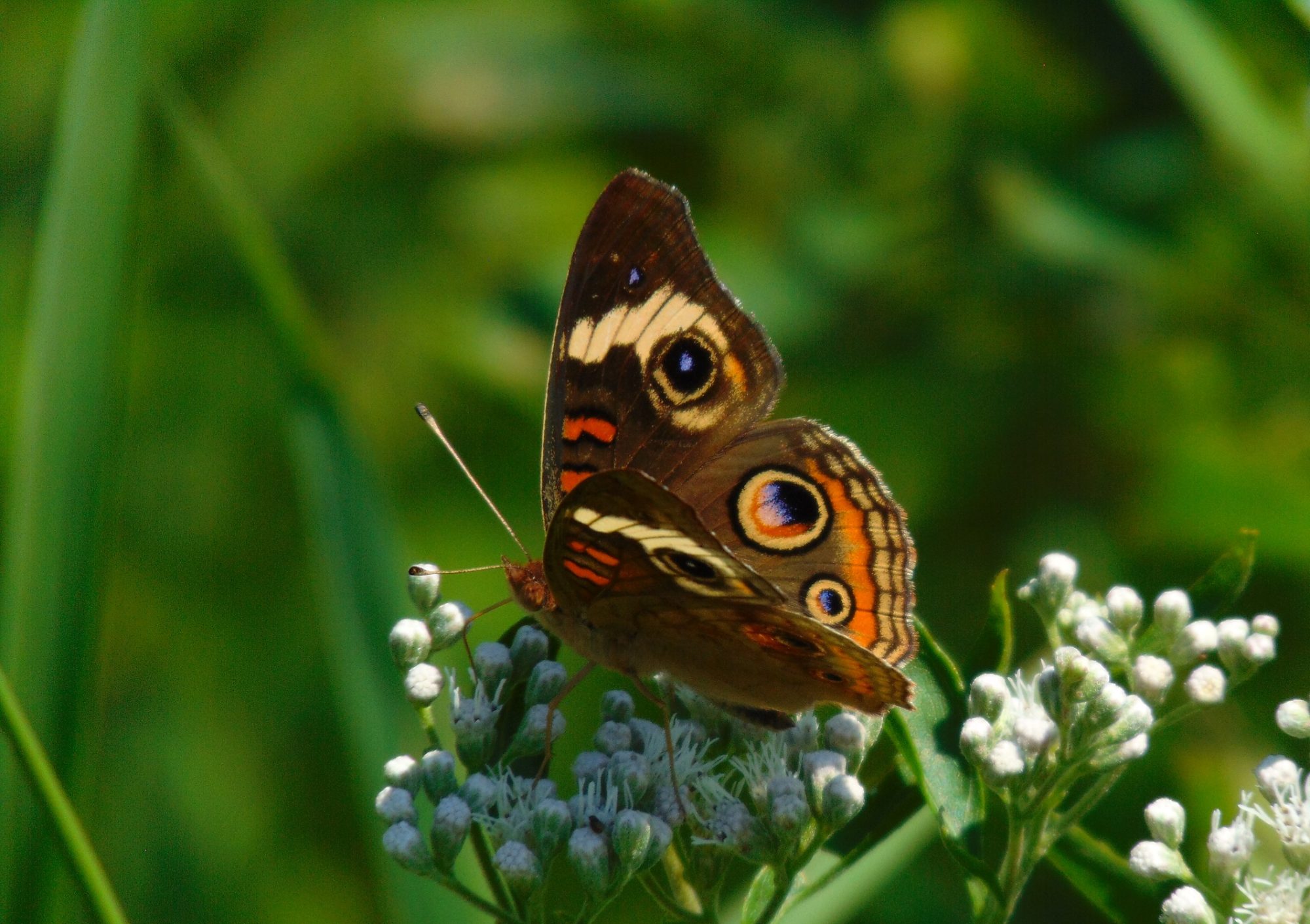Common sense tells us that Brood X Periodical Cicada emergence begins in the southern part of the population zone, where the ground temperatures reach 64° first, then progresses to the north as the weather warms. In the forested hills where the lower Piedmont falls away onto the flat landscape of the Atlantic Coastal Plain in Maryland’s Cecil and Harford Counties, the hum of seventeen-year-old insects saturates a listener’s ears from all directions—the climax nears.
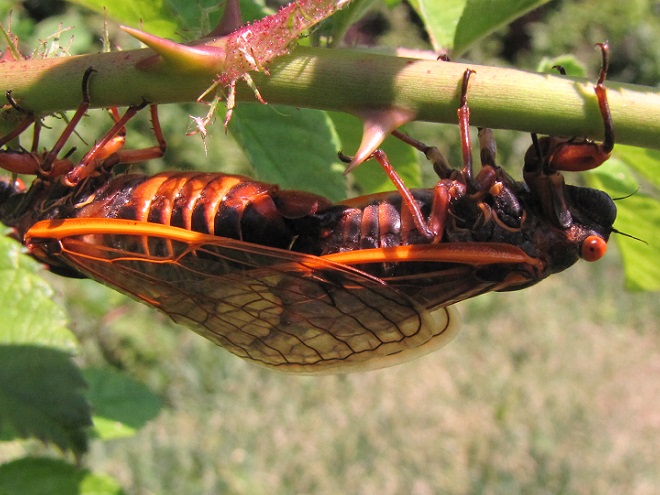
With all that food flying around, you just knew something unusual was going to show up to eat it. It’s a buffet. It’s a smorgasbord. It’s free, it’s all-you-can-eat, and it seems, at least for the moment, like it’s going to last forever. You know it’ll draw a crowd.
The Mississippi Kite (Ictinia mississippiensis), a trim long-winged bird of prey, is a Neotropical migrant, an insect-eating friend of the farmer, and, as the name “kite” suggests, a buoyant flier. It experiences no winter—breeding in the southern United States from April to July, then heading to South America for the remainder of the year. Its diet consists mostly of large flying insects including beetles, leafhoppers, grasshoppers, dragonflies, and, you guessed it, cicadas. Mississippi Kites frequently hunt in groups—usually catching and devouring their food while on the wing. Pairs nest in woodlands, swamps, and in urban areas with ample prey. They are well known for harmlessly swooping at people who happen to get too close to their nest.
Mississippi Kites nest regularly as far north as southernmost Virginia. For at least three decades now, non-breeding second-year birds known as immatures have been noted as wanderers in the Mid-Atlantic States, particularly in late May and early June. They are seen annually at Cape May, New Jersey. They are rare, but usually seen at least once every year, along the Piedmont-Atlantic Coastal Plain border in northern Delaware, northeastern Maryland, and/or southeastern Pennsylvania. Then came the Brood X Periodical Cicadas of 2021.
During the last week of May and these first days of June, there have been dozens of sightings of cicada-eating Mississippi Kites in locations along the lower Piedmont slope in Harford and Cecil Counties in Maryland, at “Bucktoe Creek Preserve” in southern Chester County, Pennsylvania, and in and near Newark in New Castle County, Delaware. They are being seen daily right on the lower Susquehanna watershed’s doorstep.
Today, we journeyed just south of Mason’s and Dixon’s Delaware-Maryland-Pennsylvania triangle to White Clay Creek State Park along Route 896 north of Newark, Delaware. Once there, we took a short bicycle ride into a wooded neighborhood across the street in Maryland to search for the Mississippi Kites that have been reported there in recent days.

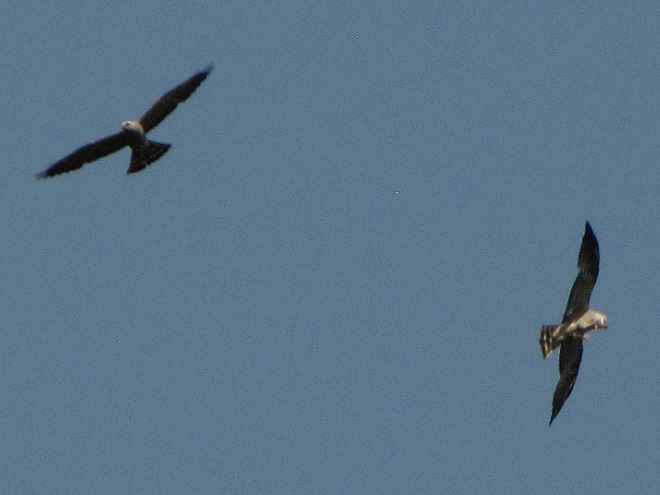
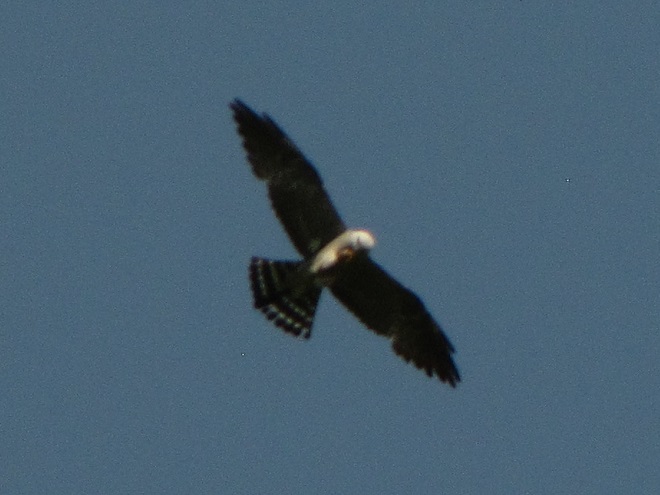
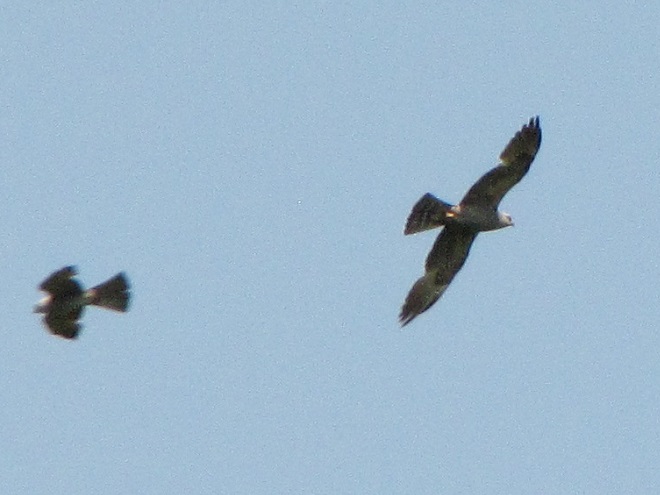
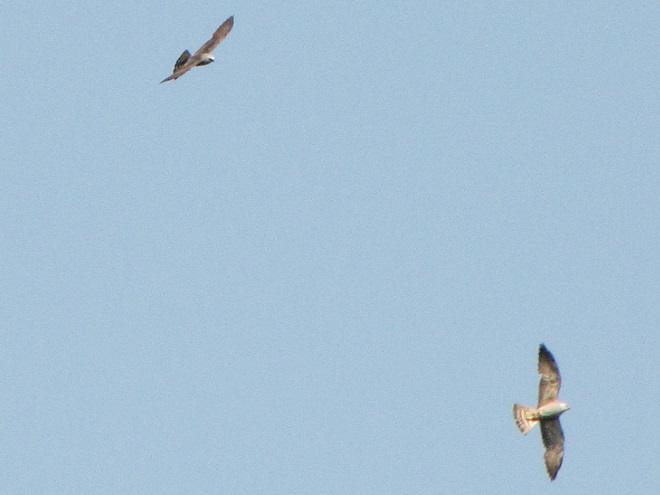
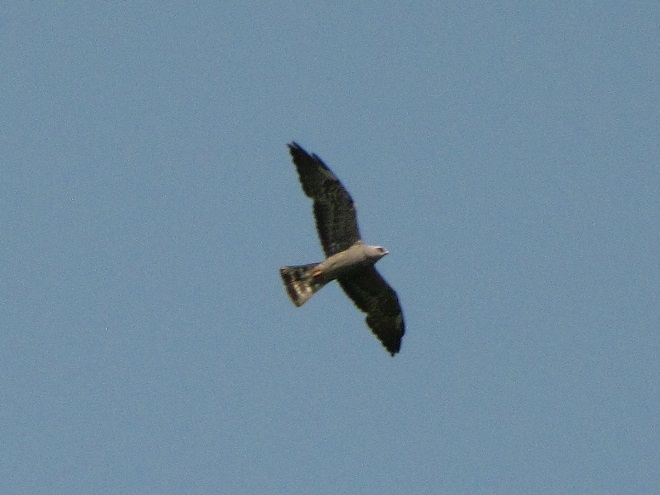
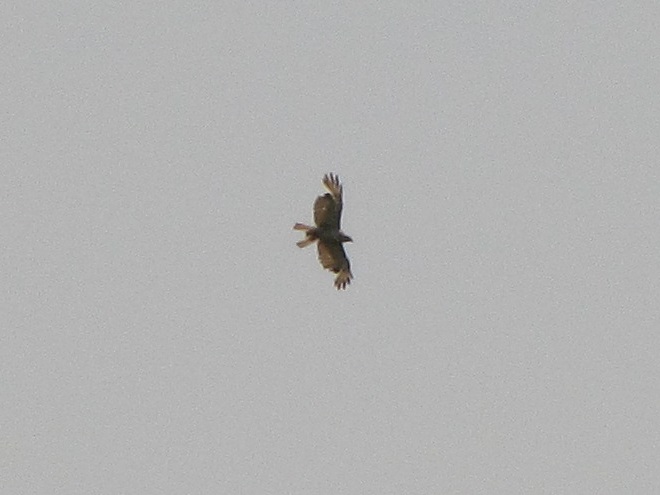
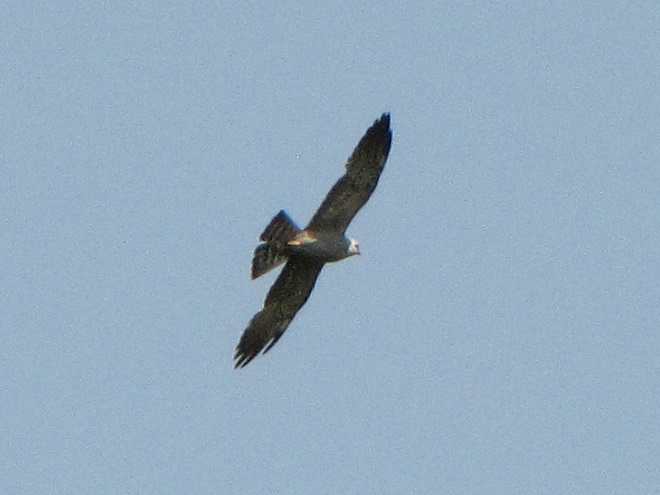
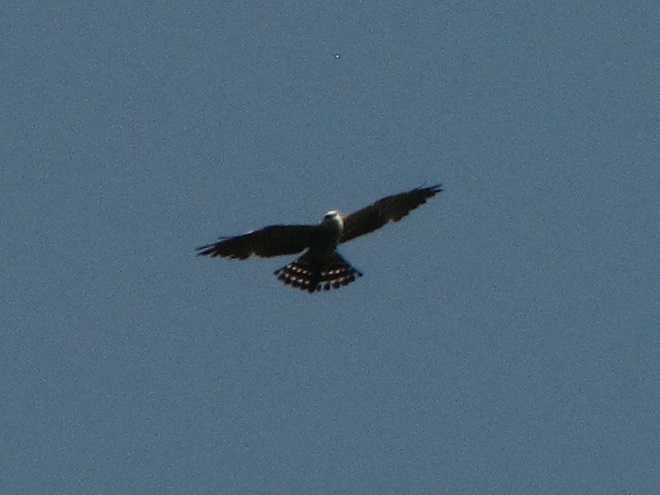
Will groups of Mississippi Kites develop a taste for our seventeen-year cicadas and move north into the Lower Susquehanna River Watershed? Ah, to be young and a nomad—that’s the life. Wandering on a whim with one goal in mind—food. It could very well be that now’s the time to be on the lookout for Mississippi Kites, especially where Brood X Periodical Cicadas are abundant.
